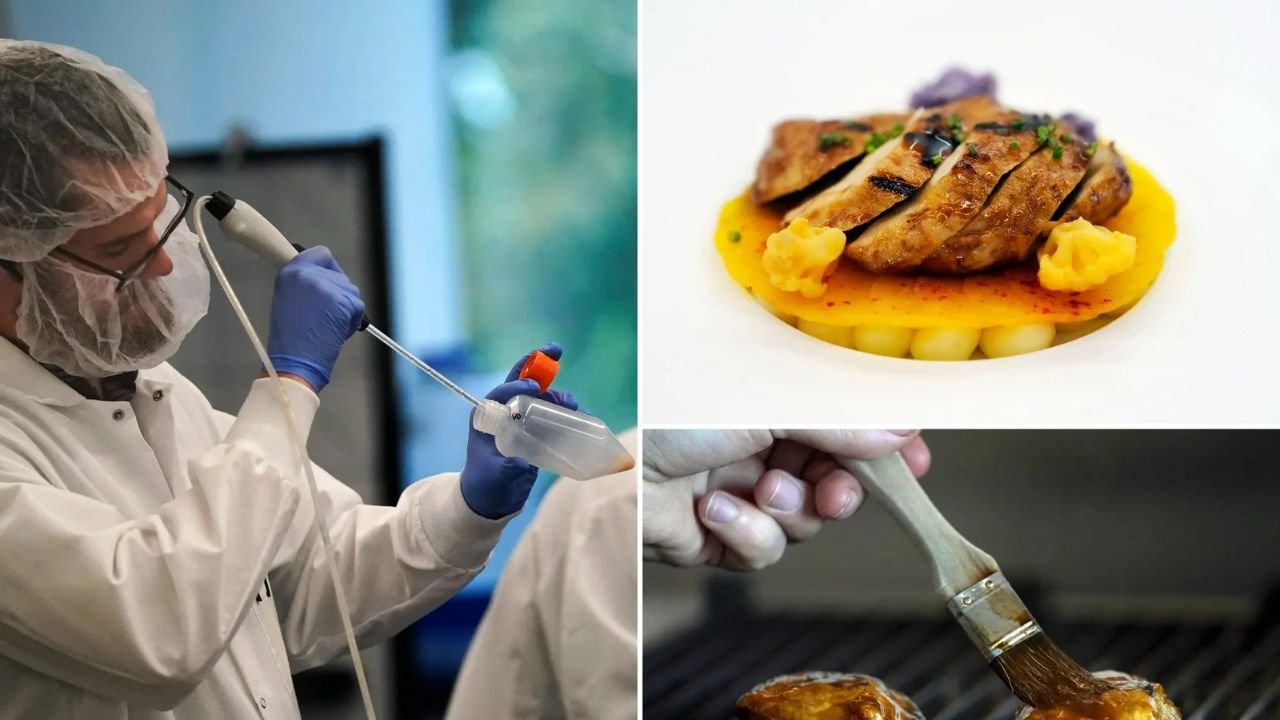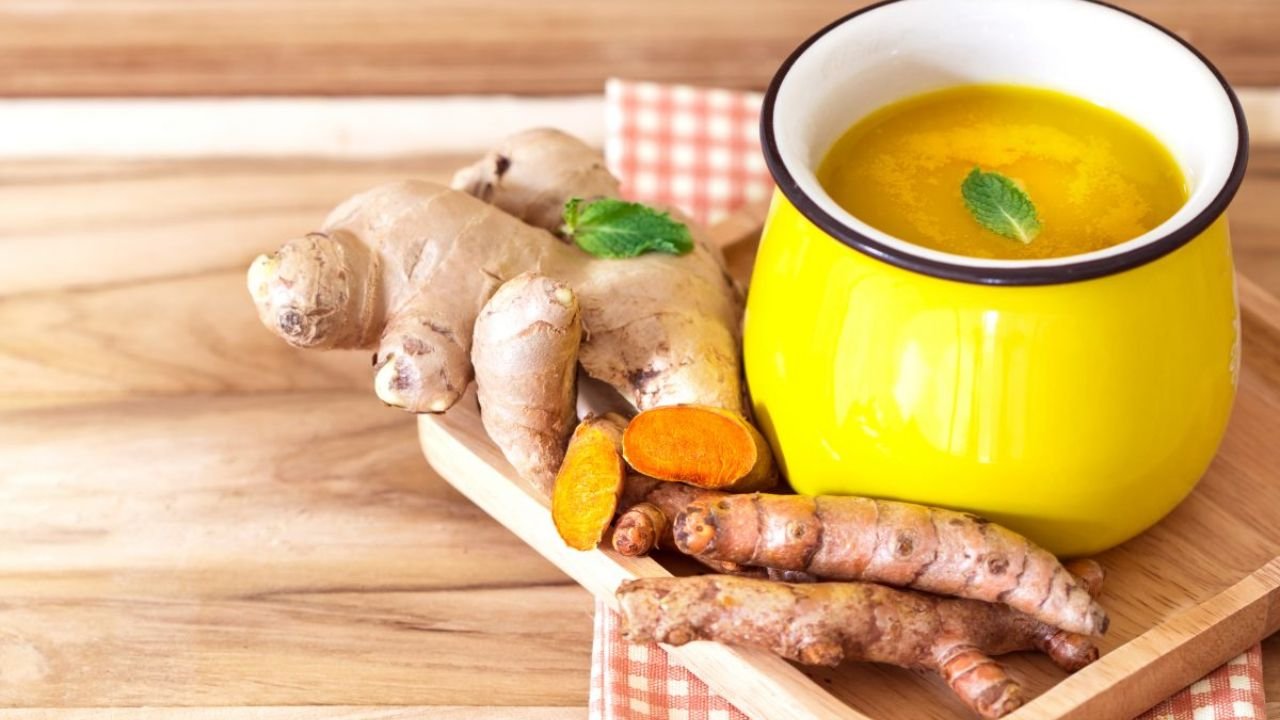Vow is an Australian company working on something very different from traditional meat production. Instead of raising and killing animals for food, they grow animal cells in a laboratory and turn them into meat-like products. The company believes that in order to make people excited about this new kind of food, it should not be sold as just an “alternative” to meat, but as something new, exciting, and tasty in its own right.
At one point, Vow tried to make a unique dish using a tallow candle, which would melt and let you dip bread into it. But people noticed it tasted a lot like an actual candle. The strange flavor was mainly because of the candle’s wick. This experiment showed how hard it can be to make lab-grown food feel familiar and enjoyable.
Vow has experimented with growing cells from over 50 different animals, including creating a large meatball made from woolly mammoth DNA. However, they found that working with smaller animals, like Japanese quail, is easier. Japanese quail cells were among the first they discovered that could grow really well in lab conditions.
But Vow doesn’t grow whole animals or even full parts like a quail breast. Instead, they grow the animal cells in large tanks called bioreactors. These tanks are like big metal vats where the cells are fed and multiplied. Once enough cells have grown, they’re collected using a machine called a centrifuge. What comes out is a smooth, pale pink paste that doesn’t look very appealing on its own.
To turn that pink paste into something people actually want to eat, Vow needs to process it using special manufacturing techniques. This part is less about biology and more about food technology—making the right texture, shape, and taste. Vow focuses on making food with a consistent, smooth texture because that’s easier and faster than trying to recreate the complex structure of real meat.
Their main factory is huge—more than 2,000 square meters in size—and it holds the world’s largest food-grade bioreactor, which they call Andromeda. This giant machine looks like a cross between a whiskey still and an art sculpture. It’s seven meters tall and has many pipes going in and out.
Vow’s CEO, George Peppou, says that even though people from the pharmaceutical industry say this process is very complex, it’s actually only a little more complicated than brewing beer.
In fact, many of Vow’s employees used to be brewers. But they also have engineers from aerospace and medical fields, including their CTO, who previously worked at SpaceX. This mix of skills has allowed them to build what they claim is the cheapest factory for cell-cultured meat in the world. That’s a big deal, because most other startups in this space still rely on using genetically modified microbes for fermentation, rather than growing whole animal cells like Vow does.
Peppou mentioned that other companies are even interested in licensing Vow’s technology, especially because their method is cheaper than traditional fermentation techniques.
To understand the difference: fermentation uses genetically modified microbes, like yeast, to produce one specific protein or fat. Scientists change the DNA of the microbes so they can produce ingredients like milk proteins or egg whites. Then those proteins are extracted and purified.
But this process requires expensive equipment and is easier to fund when the product is high-value, like medicine. In food, which has lower profit margins, it’s much harder to justify spending so much money upfront.
This is one reason why Australia doesn’t yet have synthetic dairy or egg products on supermarket shelves, even though other countries do. According to CSIRO scientist Crispin Howitt, it’s all about the money. The food industry just doesn’t have the same level of financial support as pharmaceuticals.
Vow, however, has been lucky in getting big investments. They’ve raised about $80 million so far from well-known venture capital firms like Blackbird and Square Peg. Peppou says they’ve done a lot with relatively little money, being very careful about how they spend it.
But this efficiency has come with a cost. In January 2025, Vow had to lay off 20% of their employees to focus only on getting their products into more markets and in front of more consumers.
Still, Vow made headlines when they completed a single harvest of 538 kilograms of cultured meat—more than any other company in the world. They say they can now produce up to three times that amount per week. While that sounds impressive, it’s tiny compared to the 388,000 tonnes of chicken Australia produced in just March this year.
For lab-grown meat to become a regular part of people’s diets, companies like Vow need to scale up even more, lower their prices, and make sure their food is just as tasty—or tastier—than traditional meat.
Both Peppou and Howitt agree that taste and cost are key. Peppou is especially honest: “Do you want a worse-tasting burger at a higher price just because it’s better for the planet? Probably not. If I want a burger, I’ll eat a good beef burger. And if I want to eat healthy and sustainably, I’ll just eat a carrot.”
That’s why Vow isn’t marketing their food based on ethics or environmental benefits. Instead, they’re focusing on making food that tastes great and feels new and exciting. Peppou says they want to create something different, not just a replacement for meat. And that difference, they hope, will be the reason people choose it.








